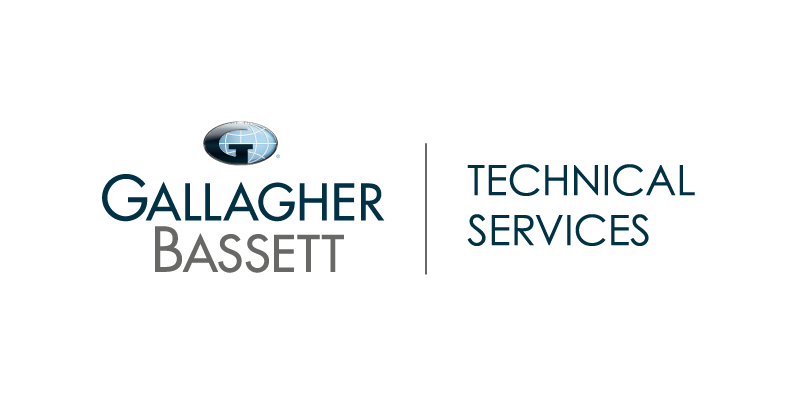Summer months are good for business, but warmer temperatures bring their own category of jobsite hazards. Learn more about the signs and symptoms of heat stress, and keep you and your employees safe with increased heat awareness.
Heat Related Health Hazards
Heat Stress is a health hazard that occurs with prolonged heat exposure due to warm or hot environments of temperatures. Heat stroke, exhaustion, cramps, and rashes are potential dangers employees are exposed to according to the National Institute for Occupational Safety and Health (NIOSH). These dangers can lead to occupational illnesses and injuries.
And on the jobsite, heat stress can increase the chances of workplace injuries by creating sweaty palms, foggy safety glasses and dizziness.
How Employers Can Help with Heat Stress and Heat Illness
Employers should create a written plan to prevent heat-related illness. Important elements to consider when creating the heat plan are:
- Who will provide oversight daily?
- How will new workers gradually develop heat tolerance?
- Temporary workers may be more susceptible to heat and require closer supervision.
- Workers returning from extended leave (typically defined as more than two weeks) may also be at increased risk.
- How will the employer ensure that first aid is adequate and the protocol for summoning medical assistance in situations beyond first-aid is effective?
- What engineering controls and work practices will be used to reduce heat stress?
- How will heat stress be measured?
- How to respond when the National Weather Service issues a heat advisory or heat warning?
- How will we determine if the total heat stress is hazardous?
- What training will be provided to workers and supervisors?
For more information on creating a Heating Illness Prevention Plan, click here. We also have a run down in this helpful video using Synthesia.
How To Keep You and Your Workers Safe
There are resources for mitigating and avoiding risks of occupational heat exposure. Here are a few tips to keep in mind:
- Ease into Work. New and returning workers need to build tolerance to heat, and take frequent breaks.
- Drink cool water, even if you are not thirsty — at least 1 cup every 20 minutes.
- Take breaks in designated shady or cool locations
- Wear a hat, and light-colored, loose-fitting, and breathable clothing
- Monitor yourself and others for signs of heat illness.
Employers have a key role in recognizing and applying the first aid measures if a worker is showing signs of heat stress, such as: headaches, dizziness, heavy sweating, or hot, dry skin, elevated temperature, and thirst. Watch out for medical emergencies and call 911 immediately if you notice an abnormal behavior, slurred speech, or loss of consciousness.
Learn more about risk factors, symptoms of heat exhaustion, and measures to take if a worker becomes ill from the heat here.
